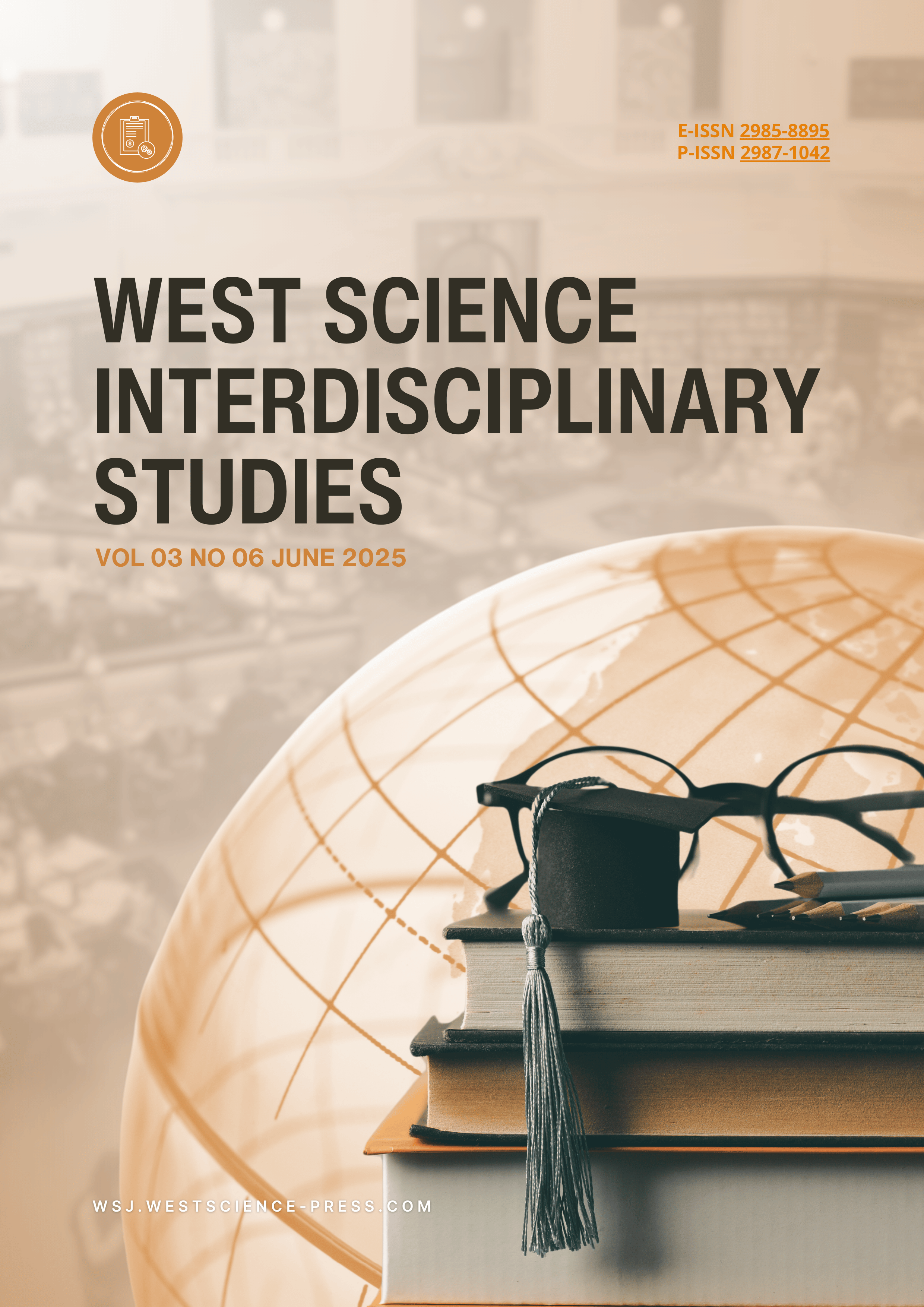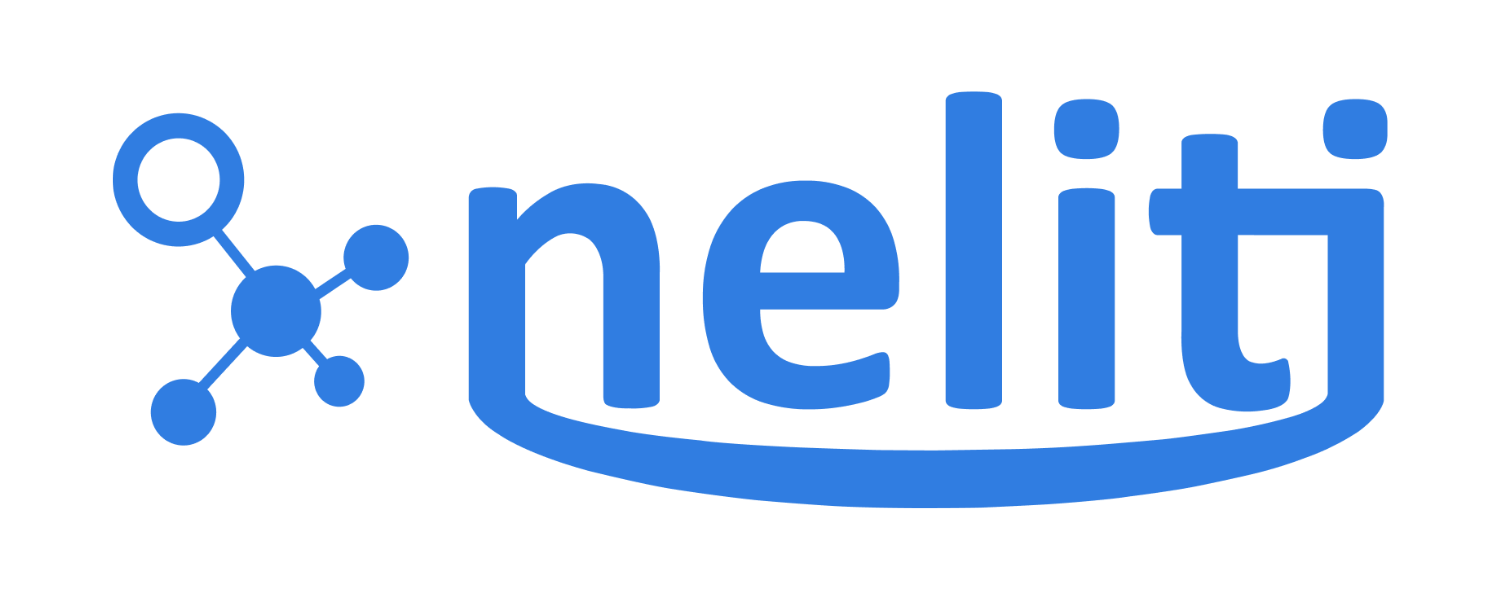The Influence of Predictive Analytics, Agile Workforce Leadership, and Robotic HR Interface on Organizational Innovation in West Java Automotive Manufacturers
DOI:
https://doi.org/10.58812/wsis.v3i06.1983Keywords:
Predictive Analytics, Agile Workforce Leadership, Robotic HR Interface, Organizational Innovation, Automotive ManufacturingAbstract
This study investigates the influence of Predictive Analytics, Agile Workforce Leadership, and Robotic HR Interface on Organizational Innovation in West Java’s automotive manufacturing sector. Employing a quantitative approach, data were collected from 180 participants using a Likert scale (1–5) and analyzed via Structural Equation Modeling - Partial Least Squares (SEM-PLS) 3. The findings reveal that all three predictors significantly enhance organizational innovation, with Robotic HR Interface having the strongest effect, followed by Agile Workforce Leadership and Predictive Analytics. The model demonstrates substantial explanatory and predictive power (R² = 0.794, Q² = 0.788), highlighting the critical role of integrating technology and agile leadership in fostering innovation. The study contributes to the literature on innovation by emphasizing the interplay of technological tools and leadership strategies in a dynamic industrial context.
References
[1] S. Heng, “Industry 4.0 creating a buzz in the western hemisphere: But watch out for China pulling into the fast lane,” in Industry 4.0, CRC Press, 2020, pp. 43–76.
[2] A. Adetunla, E. Akinlabi, T. C. Jen, and S.-S. Ajibade, “Analysing the Roles of Robotics in Manufacturing Organizations in the Era of Industry 4.0,” in 2024 International Conference on Science, Engineering and Business for Driving Sustainable Development Goals (SEB4SDG), IEEE, 2024, pp. 1–5.
[3] M. Ahmadi, M. Pahlavani, A. Karimi, M. Moradi, and J. Lawrence, “The impact of the fourth industrial revolution on the transitory stage of the automotive industry,” in Sustainable Manufacturing in Industry 4.0: Pathways and Practices, Springer, 2023, pp. 79–96.
[4] J. V. B. de la Paz, L. A. Rodríguez-Picón, I. J. C. Pérez-Olguín, and L. C. Méndez-González, “An Approach to Select an Open Source ERP for SMEs Based on Industry 4.0 and Digitization Considering the SHERPA and WASPAS Methods,” in Innovation and Competitiveness in Industry 4.0 Based on Intelligent Systems, Springer, 2023, pp. 123–143.
[5] H. A. Javaid, “Ai-driven predictive analytics in finance: Transforming risk assessment and decision-making,” Adv. Comput. Sci., vol. 7, no. 1, 2024.
[6] M. Abbasi et al., “A Review of AI and Machine Learning Contribution in Predictive Business Process Management (Process Enhancement and Process Improvement Approaches),” arXiv Prepr. arXiv2407.11043, 2024.
[7] C. P. Gupta and V. V. R. Kumar, “Predictive Analytics: An AI Tool Enabling Organizations to Take Well-Informed Decisions,” in 2024 Multimedia University Engineering Conference (MECON), IEEE, 2024, pp. 1–5.
[8] D. Vrontis, M. Christofi, V. Pereira, S. Tarba, A. Makrides, and E. Trichina, “Artificial intelligence, robotics, advanced technologies and human resource management: a systematic review,” Artif. Intell. Int. HRM, pp. 172–201, 2023.
[9] C. Vijai and M. Mariyappan, “Robotic Process Automation (RPA) in human resource functions,” Adv. Manag., vol. 2023, no. 16, p. 3, 2023.
[10] K. Žibret, “The transformative role of artificial intelligence in human resources,” Mednar. Inov. Posl. J. Innov. Bus. Manag., vol. 16, no. 1, pp. 1–15, 2024.
[11] S. Sundari et al., “Artificial Intelligence (AI) and Automation in Human Resources: Shifting the Focus from Routine Tasks to Strategic Initiatives for Improved Employee Engagement,” East Asian J. Multidiscip. Res., vol. 3, no. 10, pp. 4983–4996, 2024.
[12] W. A. Jasim, H. R. Alnajar, A. S. Hamid, D. A. Aldabagh, and Y. Shabala, “The Role of Big Data in Predictive Analytics Current Trends and Future Directions,” J. Ecohumanism, vol. 3, no. 5, pp. 422–443, 2024.
[13] A. H. Gomaa, “Lean 4.0: A Strategic Roadmap for Operational Excellence and Innovation in Smart Manufacturing,” Int. J. Emerg. Sci. Eng., vol. 13, no. 4, pp. 1–14, 2025.
[14] L. Ncube et al., “The Role of Agile Leadership in the Success of a Contemporary Organisation: A Conceptual”.
[15] P. Jain, N. Pateria, G. Anjum, A. Tiwari, and A. Tiwari, “Edge AI and On-Device Machine Learning for Real Time Processing,” Int. J. Innov. Res. Comput. Commun. Eng, vol. 12, pp. 8137–8146, 2023.
[16] A. Muduli, “Workforce Agility: A Review of Literature.,” IUP J. Manag. Res., vol. 12, no. 3, 2013.
[17] A. A. Mohamad, “The Impact of Workforce Agile Behavior on Organizational Innovation Performance for Manufacturing Enterprises,” in BUiD Doctoral Research Conference 2023: Multidisciplinary Studies, Springer, 2024, pp. 396–404.
[18] P. Ketenagakerjaan, “Agile HR: Fostering Innovation and Adaptability In Human Resource Practices”.
[19] S. Dixit, N. Sharma, M. Maurya, and M. Dharwal, “AI power: making recruitment smarter,” in Evolution of digitized societies through advanced technologies, Springer, 2022, pp. 165–180.
[20] O. C. Vitus, “LEVERAGING TECHNOLOGY TO DRIVE INNOVATION: A MIXED-METHODS APPROACH TO ENHANCING ORGANIZATIONAL CREATIVITYAND COMPETITIVENESS,” 2024.
[21] C. Franco and F. Landini, “Organizational drivers of innovation: The role of workforce agility,” Res. Policy, vol. 51, no. 2, p. 104423, 2022.
[22] T. Najar, “Lean-Agile supply chain innovation performance; the mediating role of dynamic capability, innovation capacity, and relational embeddednes,” in Supply Chain Forum: An International Journal, Taylor & Francis, 2022, pp. 285–306.
[23] M. Kocot, “Innovations in agile organization–analysis of own research,” Humanit. Univ. Res. Pap. Manag., vol. 25, no. 2, pp. 65–77, 2024.
[24] A. Kurnia and A. Etikariena, “Agile Leadership and Innovative Work Behavior: The Mediating Role of Organizational Climate,” Psikostudia J. Psikol., vol. 13, no. 3, pp. 395–401, 2024.
[25] S. A. Mendrofa, R. Vittorio, F. Hulu, Q. Aina, and S. Saling, “Fostering organizational resilience through agile leadership: A comparative study analysis,” Glob. Int. J. Innov. Res., vol. 2, no. 5, pp. 974–983, 2024.
[26] A. A. Adesina, T. V. Iyelolu, and P. O. Paul, “Leveraging predictive analytics for strategic decision-making: Enhancing business performance through data-driven insights,” World J. Adv. Res. Rev., vol. 22, no. 3, pp. 1927–1934, 2024.
[27] C. G. Okatta, F. A. Ajayi, and O. Olawale, “Leveraging HR analytics for strategic decision making: opportunities and challenges,” Int. J. Manag. Entrep. Res., vol. 6, no. 4, pp. 1304–1325, 2024.
[28] V. N. Edapurath, “Automating HR Processes with Robotic Process Automation (RPA),” 2023.
[29] M. M. Sulaeman and L. Nurcholidah, “Optimising Organisational Performance Through Human Resource Management Strategy and Technology Integration to Enhance Innovation,” Technol. Soc. Perspect., vol. 1, no. 3, pp. 139–147, 2023.
[30] A. Singh and S. Kumar, “Identifying innovations in human resources: Academia and industry perspectives,” in Transforming Human Resource Functions With Automation, IGI Global Scientific Publishing, 2021, pp. 104–120.
[31] M. D. D. Deore and M. S. R. Nerkar, “" The Fusion of Technology and Human Resources: Transformative Trends and Innovations”.
Downloads
Published
Issue
Section
License
Copyright (c) 2025 Eka Immamah, Anung Haryanto, Yana Priyana

This work is licensed under a Creative Commons Attribution-ShareAlike 4.0 International License.
























 Instagram
Instagram 